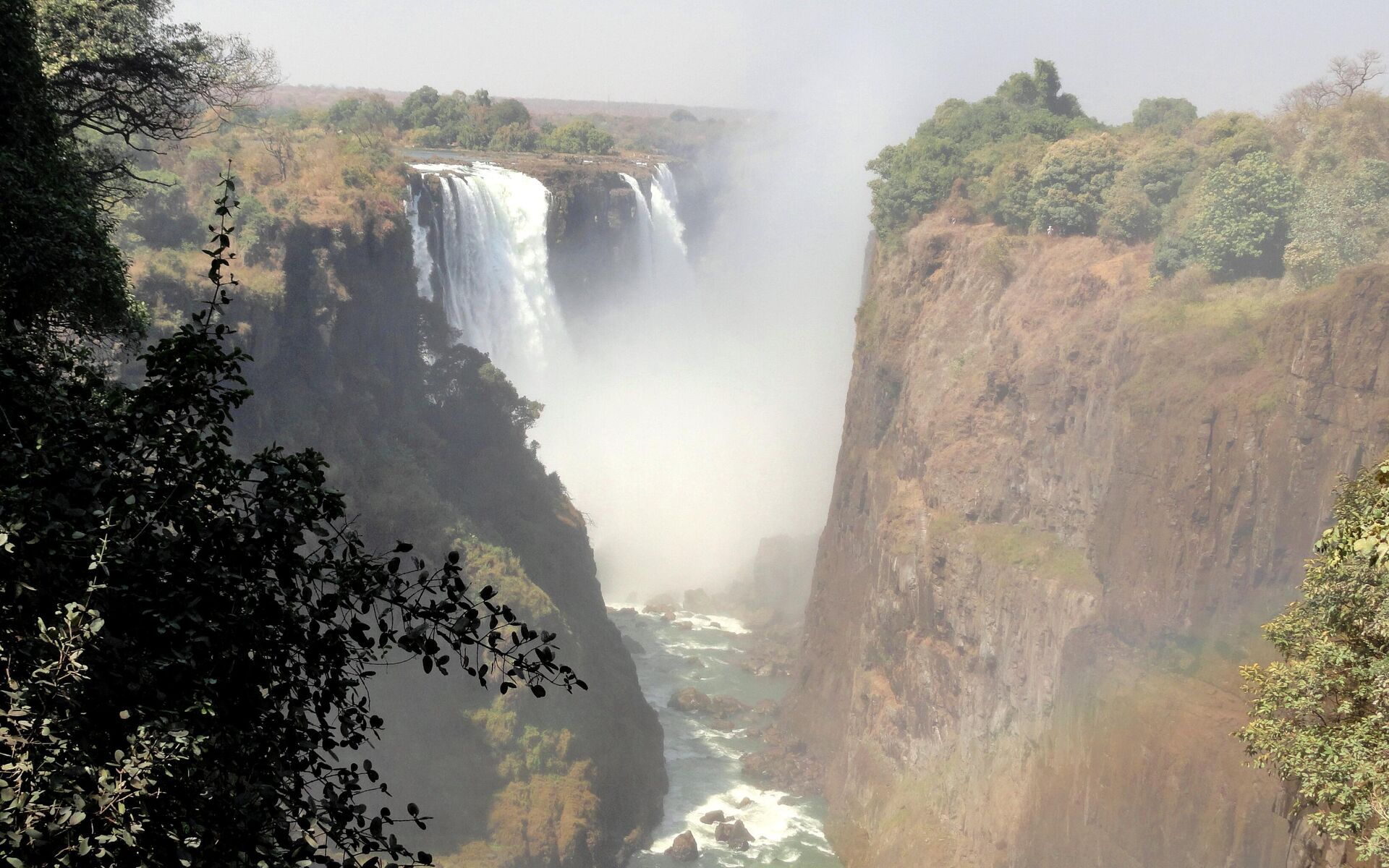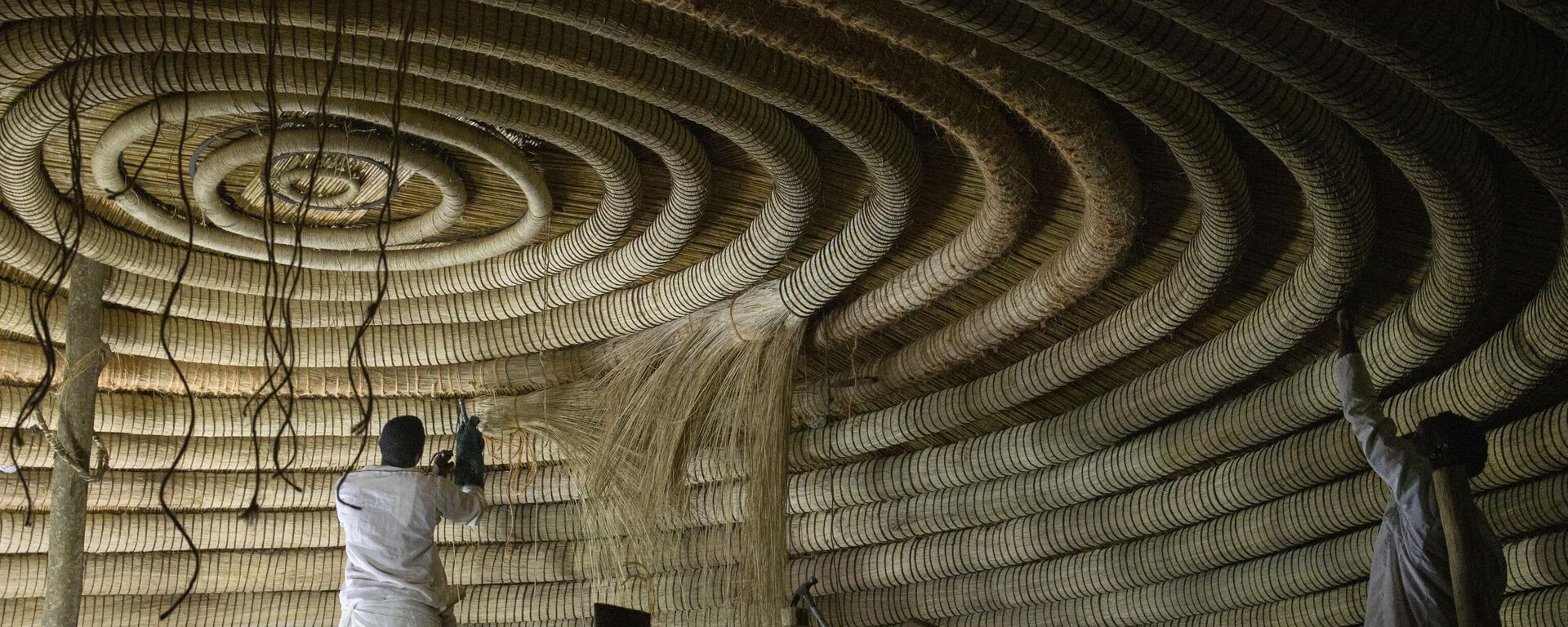Exceptional Beauty of Africa's World Heritage Sites
13:11 18.09.2023 (Updated: 14:58 18.09.2023)

© AFP 2024 AMANUEL SILESHI
Subscribe
The Gedeo Cultural Landscape, which lies in the Gedeo zone of the South Ethiopia region, has recently made it onto the United Nations Educational, Scientific and Cultural Organization (UNESCO) World Heritage list. Its inclusion was announced at the 45th extended session of the World Heritage Committee in Riyadh, Saudi Arabia.
The Gedeo Cultural Landscape is on the eastern edge of the Ethiopian Rift Valley, on the steep slopes of the Ethiopian highlands. It is an agroforestry area with a multi-layered system of large trees that shelter the main indigenous food crop, enset, under which coffee and other shrubs grow. The area is inhabited by the Gedeo people, whose traditional knowledge supports local forest management.
The recent inclusion of the Gedeo Cultural Landscape brings the number of Ethiopia's UNESCO-registered cultural and natural heritages to 10 and it is the 100th site in Africa. To mark the occasion, Sputnik Africa has taken a look at the continent's most fascinating and breath-taking World Heritage sites.
The list of African sites comprises 55 cultural sites, 40 natural ones and five mixed. The sites cover 34 countries throughout the continent. According to the UN, 14 sites in Africa are endangered, meaning that they are experiencing "conditions that threaten the very characteristics" for which they were placed on the World Heritage site list.
Aksum, Ethiopia
Top of the list is another heritage site from Ethiopia, which is home to 10 captivating cultural and natural properties on the UNESCO World Heritage List. The ruins of the ancient kingdom of Aksum, near the country's northern border, were placed on the list in 1980.
The ruins, dating from the 1st to the 13th centuries, include monolithic obelisks, giant stelae, royal tombs, and the ruins of ancient castles. They mark the location of the heart of ancient Ethiopia, when the Aksumite Kingdom was one of the most powerful states in the region. Even after it started to decline in the 10th century, Ethiopian emperors continued to be crowned in Aksum.
The largest standing obelisk is more than 23 meters high and is exquisitely carved to represent a nine-story Aksumite building. It stands at the entrance to the main stelae area.
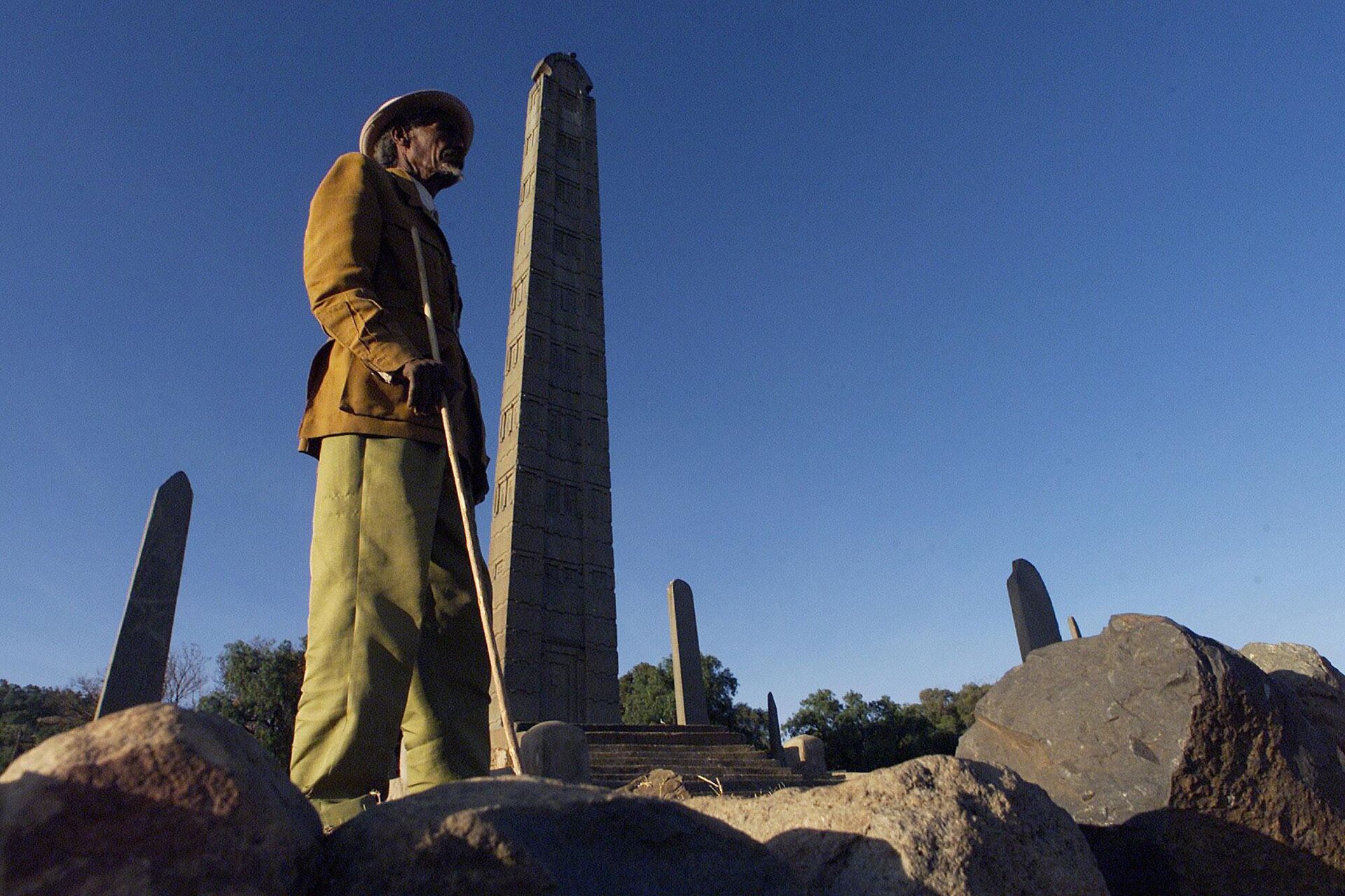
An Ethiopian man known only as Brahane stands in front of the main Obelisk stele in Aksum some 500 kilometers north of the Ethiopian capital Addis Ababa, Jan. 17, 2002.
© AP Photo / KAREL PRINSLOO
Kenya Lake System in the Great Rift Valley
Kenya - also in East Africa - has seven World Heritage Sites. One of them is the Great Lakes of Kenya, which is part of the East African Rift Valley. It consists of three lakes, Bogoria, Nakuru and Elementaita, which were formed by tectonic activity.
A natural heritage of outstanding beauty, it covers a total area of 32,034 hectares. It is an important habitat for birdlife and home to 13 globally threatened bird species. The lakes are best known for their flocks of pink flamingos and it is the world's premier feeding site for lesser flamingos. The site is also a nesting and breeding ground for great white pelicans and mammals such as black rhinoceros, Rothschild's giraffe, lions, cheetahs and wild dogs.
Victoria Falls, Zambia/Zimbabwe
Known locally as Mosi-oa-Tunya ("The smoke that thunders"), Victoria Falls is the world's largest sheet of falling water and is of global significance for its exceptional geological and geomorphological features and active landform processes, with outstanding beauty attributed to the falls, including spray, mist and rainbows.
The Victoria Falls can be found 2,700km from the ocean, along the Zambezi River. The site, which entered the World Heritage list in 1989, is a trans-boundary property that covers 6,860ha and includes 3,779ha of the Mosi-oa-Tunya National Park in Zambia, 2,340ha of the Victoria Falls National Park and 741ha of the riverine strip of the Zambezi National Park in Zimbabwe.
David Livingstone, known as "Africa's greatest missionary", was the first European to see the Victoria Falls on an expedition and described his experience of this World Heritage Site as "scenes so wonderful that angels must have gazed upon them in their flight."
Kilimanjaro National Park, Tanzania
Mount Kilimanjaro is Africa's highest point at 5,895 meters, and the surrounding savanna and forest of the national park cover a staggering 75,575ha. This volcanic massif provides a striking contrast as it stands in splendid isolation above the surrounding African plains, with its snow-capped peak towering over the savanna.
Such a fascinating landscape provides unique zones of vegetation that, along with its population of endangered species, has given the national park its global status.
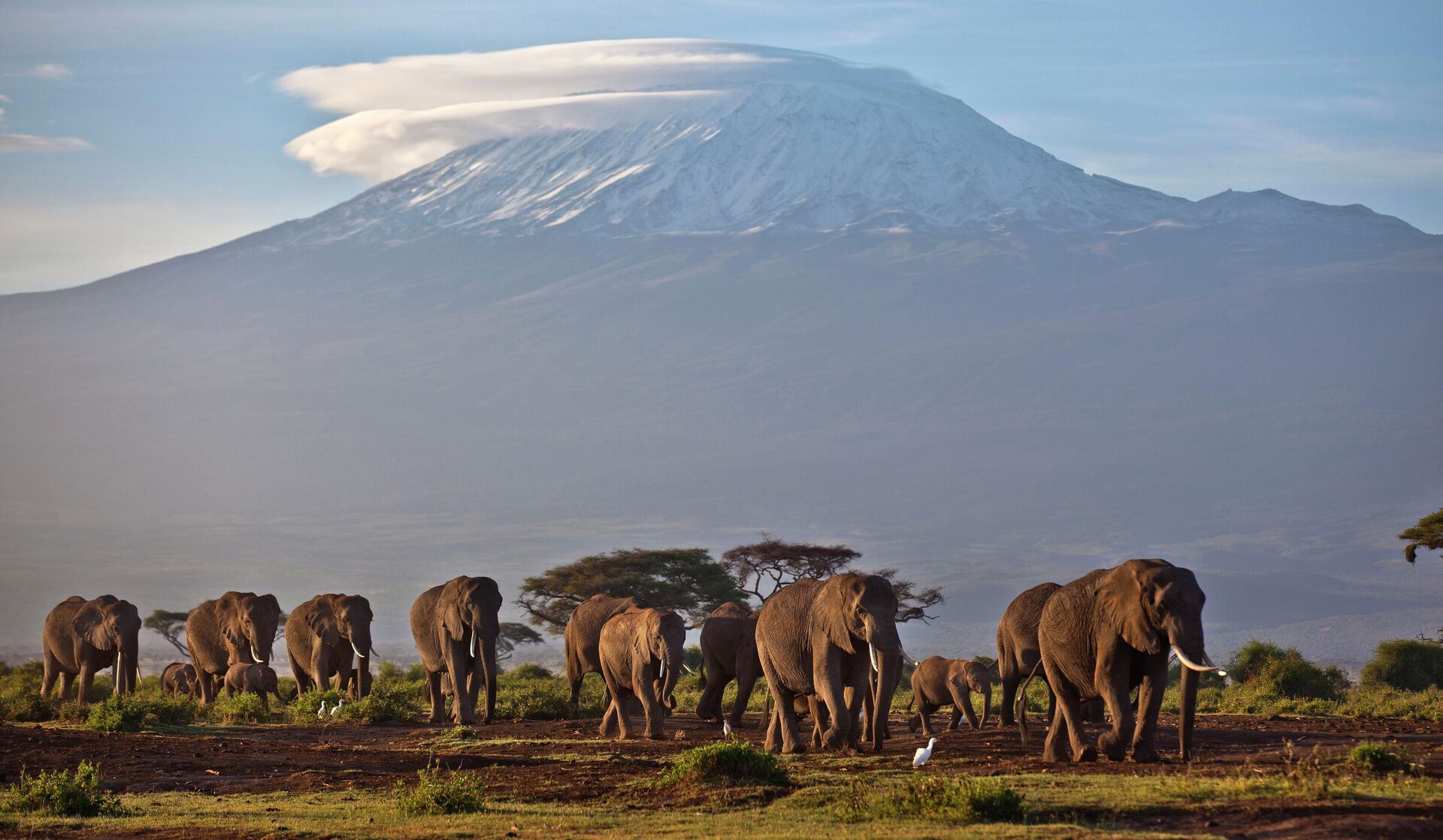
A herd of adult and baby elephants walks in the dawn light as the highest mountain in Africa, Tanzania's Mount Kilimanjaro, is seen in the background, in Amboseli National Park, southern Kenya on Monday Dec.17, 2012.
© AP Photo / Ben Curtis
Namib Sand Sea, Namibia
The Namib Sand Sea, a UNESCO World Heritage Site since 2013, is a well-preserved part of the Namib Desert with spectacular scenery. It is the only coastal desert in the world with extensive fog-influenced dune fields. Covering an area of more than 3,000,000ha and a buffer zone of 899,500ha, the site consists of two dune systems, an ancient semi-consolidated one overlaid by a younger active one.
Fog is the primary source of water at the site. The number of endemic plant and animal species in this harsh environment is a fascinating testament to nature's ability to evolve and adapt to extreme conditions.
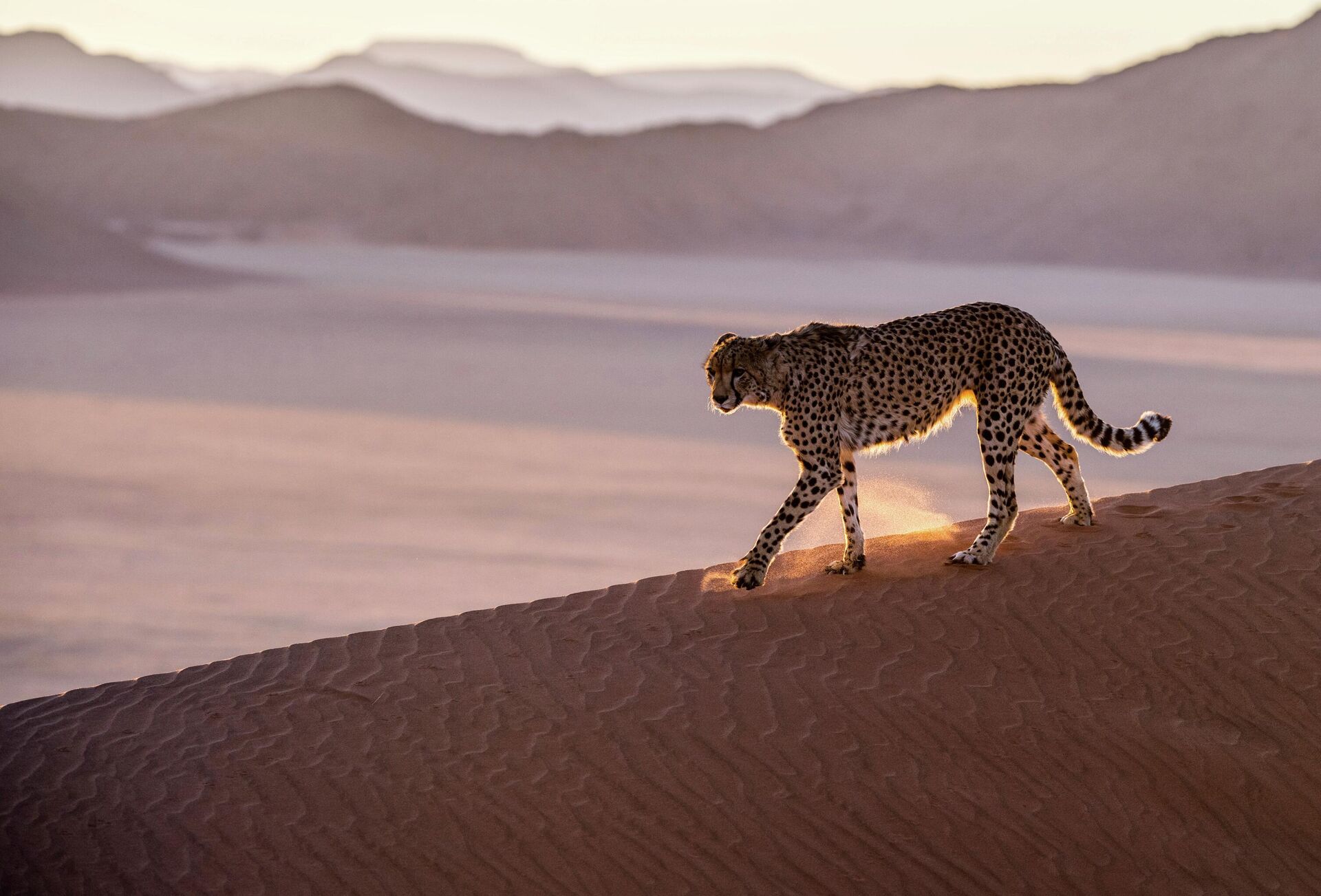
In this handout photo released on Friday, July 31, 2020, a cheetah prowls the Namib desert, Namibia
© AP Photo / David Yarrow
Cape Floristic Region, South Africa
Right near the southern tip of South Africa, the region around the Eastern and Western Capes is one of the country's 10 World Heritage Sites.
The Cape Floral Region has been recognized as one of the most special places for plants in the world in terms of diversity, density and number of indigenous species. The area is considered one of the world's six floral kingdoms. It contains outstanding examples of significant continuing ecological, biological and evolutionary processes.
Officially recognized as a biodiversity hotspot, the UNESCO World Heritage Site comprises 13 protected area clusters covering more than 1,000,000ha, including Table Mountain National Park.
Aldabra Atoll, the Seychelles
Located in the Indian Ocean, Aldabra Atoll consists of four large coral islands and a lagoon surrounded by coral reef. Because of its remote location among the outer islands of the Seychelles, the atoll is uninhabited and remains largely in its original state.
As one of the largest atolls in the world, Aldabra contains one of the most important natural habitats for studying evolutionary and ecological processes. The islands have become known around the globe for being home to as many as 152,000 giant tortoises, the world's largest population of these reptiles.
